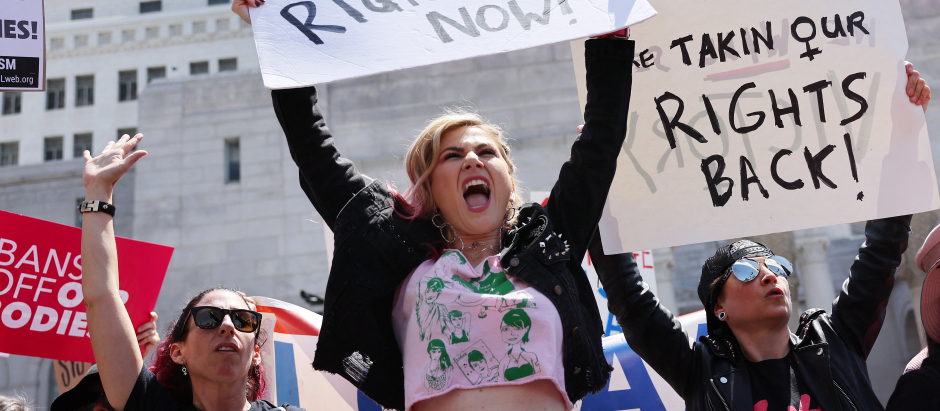At the center of the legal dispute is the FDA’s 23-year health clearance of mifepristone, used in more than half of all abortions in the country.
The judicial and political fights over the abortion pill in the United States continue. The U.S. Supreme Court has now temporarily blocked a lower court order restricting access to the abortion pill mifepristone nationwide.
Supreme Court Justice Samuel Alito issued a ruling this week freezing the decision until next Wednesday at midnight, after the Justice Department filed an emergency request asking the court to intervene in the case.
The Supreme Court’s decision gave the plaintiffs until Tuesday at noon to file their response. The justices thus have time to consider whether or not to formally grant a stay of the ruling restricting access to the drug nationwide.
At the center of the legal dispute is the health authorization that the Food and Drug Administration (FDA) gave 23 years ago to mifepristone, used in more than half of the abortions in the country.
A Texas judge’s decision to withdraw the FDA’s health clearance of the pill was upheld in part by a Louisiana appeals court Wednesday and the restrictions were to take effect Saturday.
In its ruling, the court stipulated that the drug can be available only through the first seven weeks of pregnancy, three fewer than previously, and that it must be picked up in person.
The Justice Department argued before the Supreme Court that, if allowed to go into effect, the restriction on mifepristone would have serious consequences both for those seeking abortions and for the pharmaceutical industry and the FDA.
“If allowed to go into effect, the lower courts’ orders would change the regulatory regime for mifepristone, with sweeping consequences for the pharmaceutical industry, women who need access to the drug, and the FDA’s ability to implement its statutory authority,” the Justice Department argued in the petition filed Friday morning.
According to the Guttmacher Institute, a pro-abortion organization, 54% of pregnancy terminations in the United States in 2022 were with abortion pills such as mifepristone or misoprostol.
The political and judicial battle over abortion was reignited in the United States in June of last year, when the Supreme Court, with a conservative majority, struck down the constitutional right to abortion at the federal level, leaving the decision in the hands of each state. In the aftermath, dozens of Republican-ruled states have restricted the practice.
Abortion in the U.S.
In the United States, states have been free to legislate on abortion since June 2022, when the Supreme Court overturned the landmark Roe v. Wade ruling that enshrined the procedure as a constitutional right for nearly half a century.
More than a dozen states have since passed laws banning or severely restricting abortion. The most recent case was Florida, one of the most populous U.S. states, where Republican Governor Ron DeSantis signed into law last Thursday a law banning most abortions after six weeks.
Abortion is currently banned in 15 states. However, women still perform this practice thanks to abortion pills shipped from abroad or from other states, and also sold online.
For states where abortion is still legal, if access to the abortion pill is restricted, women would still have the alternative of an aspiration abortion, which is more cumbersome and requires going to a clinic.
Some doctors are considering offering abortions only using misoprostol. But this method has a slightly lower effectiveness rate and more side effects (severe cramping, for example) than the combination of misoprostol and mifepristone.

